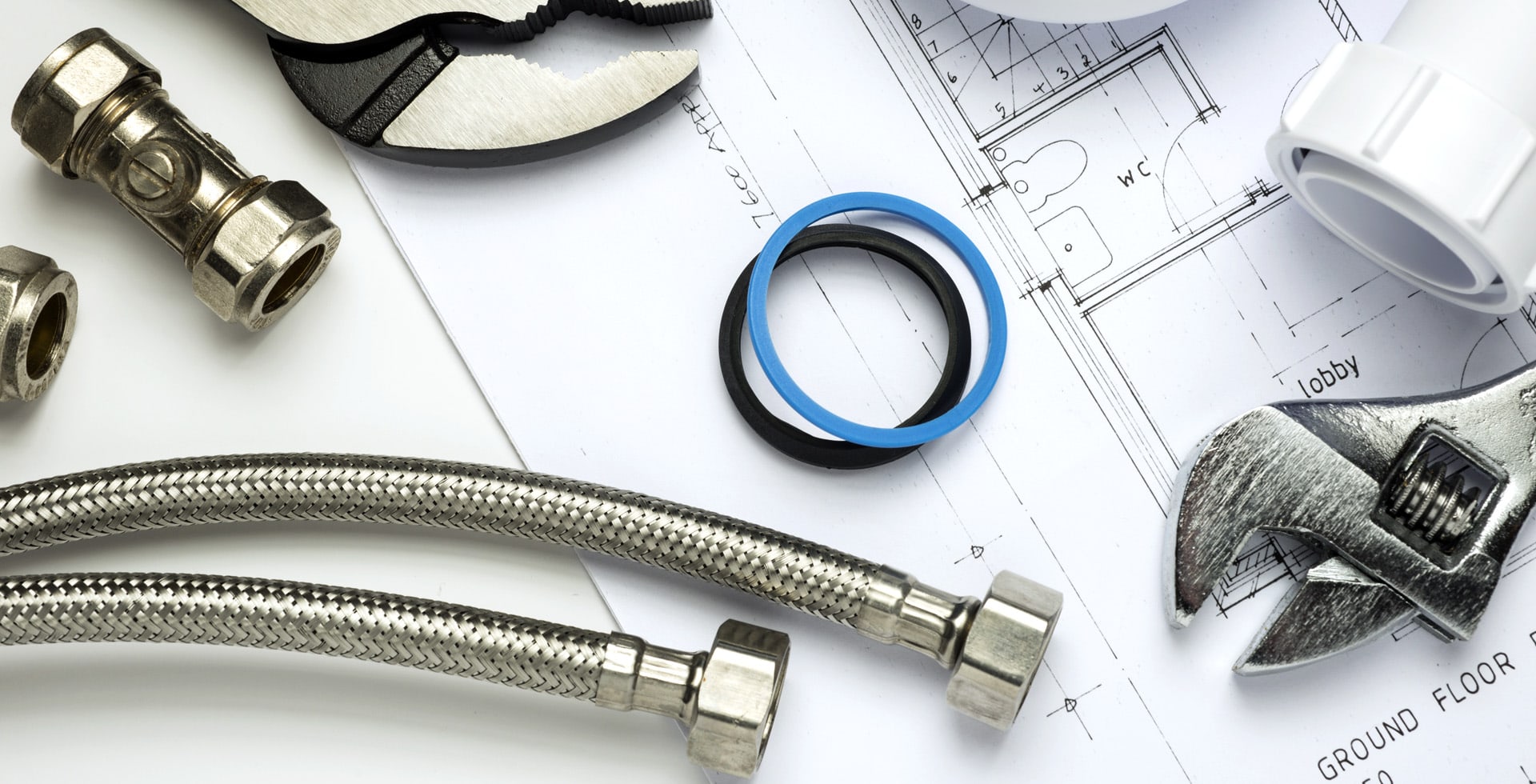“`html
Step-by-Step Guide to Replacing Gate Hinges
Replacing gate hinges is a straightforward process that can restore the functionality and security of your gate. Whether your hinges are rusted, broken, or simply worn out, a replacement can make a significant difference. In this guide, you will find step-by-step instructions on how to replace gate hinges effectively.
Tools and Materials Needed
- New gate hinges
- Screwdriver (Phillips or flathead, depending on screw type)
- Wrench or socket set
- Pry bar (optional)
- Drill with appropriate drill bits (if new holes are needed)
- Measuring tape
- Level
- Safety goggles
- Gloves
Step 1: Assess the Current Hinges
Before beginning the replacement process, it is crucial to assess the existing hinges. Inspect the hinges for:
- Rust or corrosion
- Worn-out screws or broken parts
- Proper functionality when opening and closing the gate
Understanding the condition of the hinges will help you determine if a simple replacement is needed or if additional repairs might be necessary.
Step 2: Gather Replacement Hinges
Once you have assessed the existing hinges, head to your local hardware store or order online. When selecting new hinges, ensure:
- They are the correct size for your gate
- They are made of durable material (such as stainless steel or galvanized steel) to withstand the elements
- They match the existing hinge style (butterfly, strap, or tee hinges)
Step 3: Remove the Old Hinges
To remove the old hinges, follow these steps:
- Put on safety goggles and gloves for protection.
- If the gate is too heavy or unbalanced, use a pry bar to assist in lifting it off the frame.
- Locate the screws securing the hinges to both the gate and the post. Use a screwdriver or wrench to remove these screws.
- Carefully take off the hinges and set them aside.
Step 4: Clean the Area
Once the hinges are removed, clean the area where new hinges will be installed. This can involve:
- Removing any rust or old paint
- Making sure the surface is smooth and free of debris
- Checking for any damage to the gate or post that might need repair before installing new hinges
Step 5: Position the New Hinges
With the area cleaned, position the new hinges:
- Align them correctly on the gate and post. Use a level to ensure they are straight.
- Mark the screw holes with a pencil or marker.
Step 6: Drill Pilot Holes (if necessary)
If your new hinges do not align with existing holes, you will need to drill new ones:
- Select drill bits slightly smaller than the screws.
- Drill the pilot holes where you marked them in the previous step.
Step 7: Attach the New Hinges
With the pilot holes ready, attach the new hinges:
- Line up the hinges with the drilled holes.
- Secure them with screws. Use a screwdriver or drill to tighten them, ensuring they are snug but not overly tight to avoid stripping the screws.
Step 8: Rehang the Gate
Now that the hinges are securely fastened, it’s time to rehung the gate:
- With assistance (if needed), lift the gate and align it with the new hinges.
- Ensure the gate swings freely and is at the desired height.
- Check the level and adjust as necessary.
Step 9: Test the Functionality
After reinstalling the gate, test its functionality:
- Open and close the gate several times to ensure smooth movement.
- Look for any signs of excessive friction or misalignment that may require further adjustments.
Conclusion
Replacing gate hinges can enhance the safety and functionality of your gate. By following this step-by-step guide, you can complete the process with confidence and ensure your gate operates smoothly. Regular maintenance, including hinge replacement when needed, can prolong the lifespan of your gate and keep your property secure. With the right tools and a little effort, your gate can be as good as new in no time.
“`

